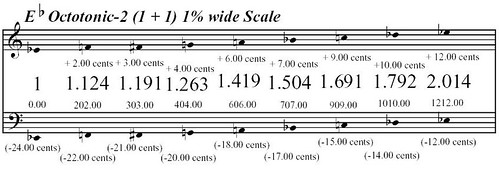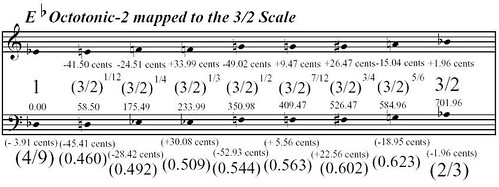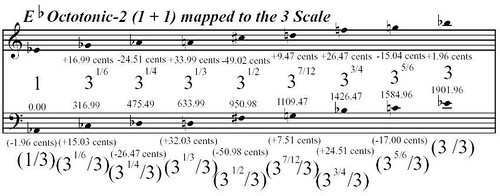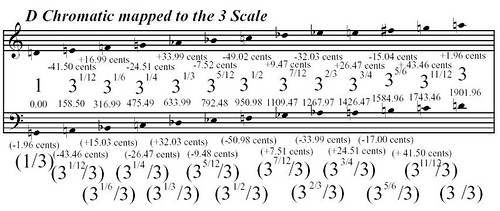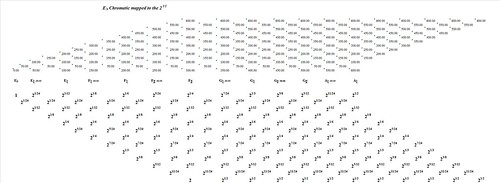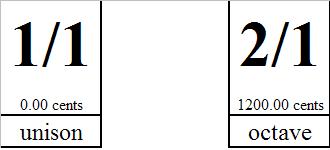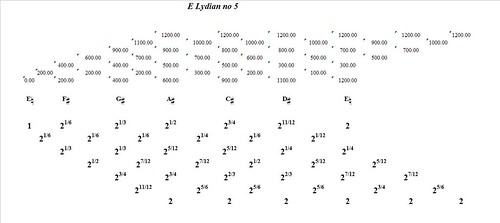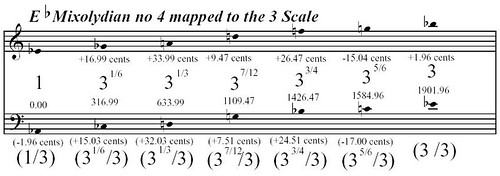With a hat tip to
Brian Sacawa and his
short list, I took the plunge into the Baltimore experimental music scene last night with a trip to the
Redroom at
Normals Books and Records.
While waiting for the show to begin the
proprietor put on
Todos Santos: Wayne Horvitz, Butch Morris, Bobby Previte Play the Music of Robin Holcomb (to which I'd add Bill
Frisell and Doug
Wieselman also play). He seemed to be discovering this great recording for the first time and we soon got into a discussion about the Seattle improvised music scene. I seem to have found my element in this town.

The opening band was a trio of
Will Redman on drums/percussion, Marc Miller on guitar/electronics and Andrew Shaw on
contrabass bassoon. They played some short, free improvisations that explored some quiet textures with brief episodes of mezzo-forte and the odd forte. The ability to respond to each other while working this particular dynamic range was refreshing to hear. They concluded this set with an
interpretation of part of
Redman's graphic score:
Book (the image posted at this blog is taken from the score- I hope you don't mind, Dr.
Redman)
. The notated "free" improvisation opens up interesting strategies and this particular score seemed to invite a particular focus in the hands of these gifted improvisers. The comparison to Cornelius
Cardew's Treatise immediately springs to mind. Sonically, much of the evening was well within the tradition of
Cardew and
AMM. But while
Treatise is an attempt to free performers from the constraints of standard notation practices,
Book seems to be a gleeful dissolving of those same practices. In the end, it's the performers' interpretation and faithful focus on the graphic intent that holds the ear.
Book could
yield a great deal of sonic material for years to come.

The Boston duo of
Tim Feeney on percussion/electronics and
Vic Rawlings on cello/open-circuit electronics concluded the evening with a set of brittle, amplified micro-sounds. The drum and cello were often used exclusively as resonating bodies for bringing out a universe of scraping and bowing accompanied by electric drones that seemed to barely course through exposed wires and speaker components. This music exists in such a narrow range between silence and
ambiance that the sound of passing sirens and trickling of the building's water pipes seemed to weave
seamlessly into the overall texture.
And as a further venture into the recommendations of
Sacawa's Baltimore, I gave the
Paper Moon a try for breakfast this morning. Brian knows his town. Perhaps we'll cross paths at
Common Ground sometime.
--------------------------
Check out
Brian Sacawa's report on the same show.







